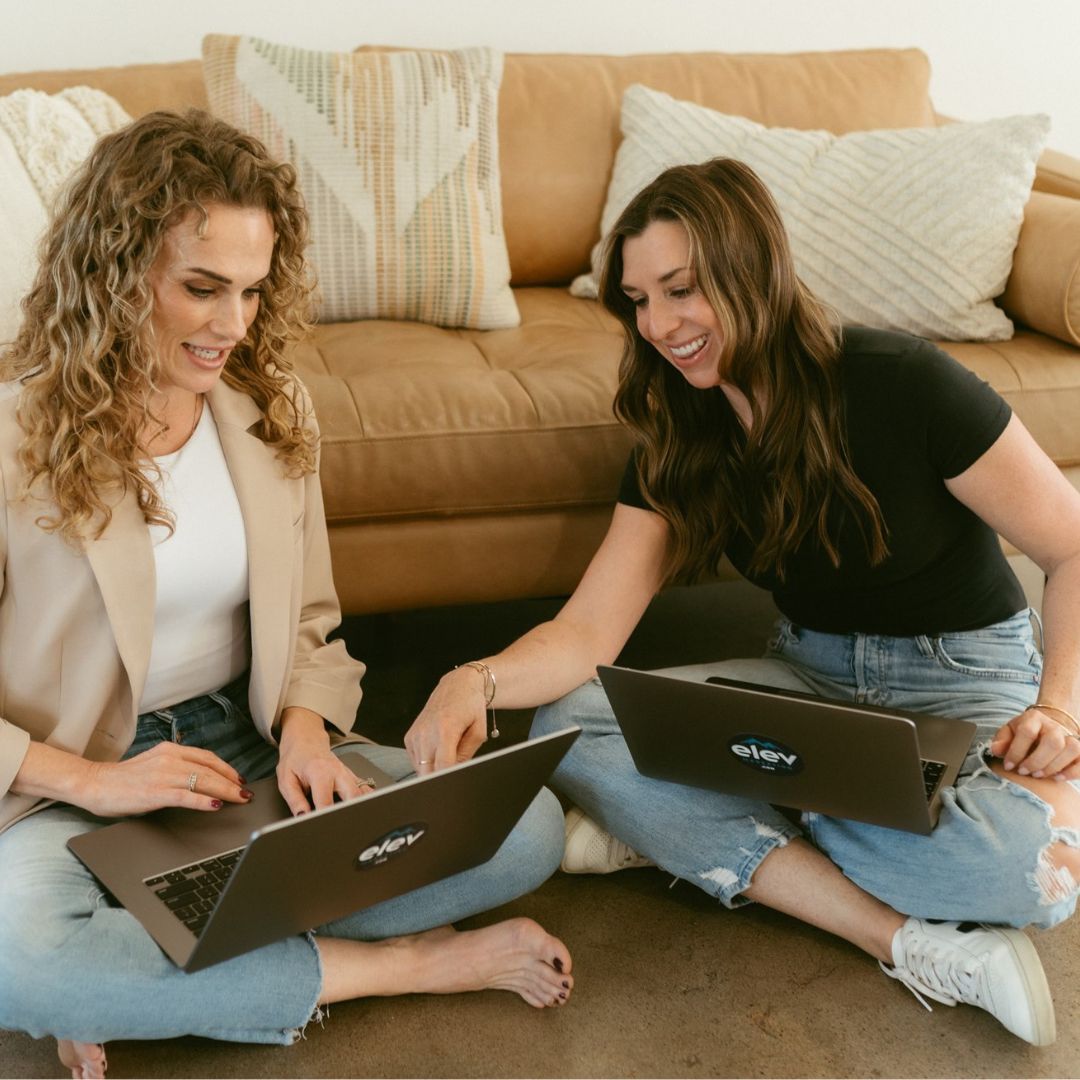
Elevation Marketing™ Paid Media Is More Than Just Managing An Ad Account.
When it comes to paid search, we help you get results—not just web traffic. We have a proven process that we’ve perfected over the years. While we can’t predict the future, we can analyze tremendous amounts of data to drive smarter decisions for the future. With Elevation Marketing™, you can guarantee that you will get the most bang for your marketing buck.
Turn Up The Volume with a solid paid media strategy.
We’ve spent time in the paid media trenches. Want to know what we found out? A ‘one-size-fits-all approach’ doesn’t cut it. The various nuances within contractor marketing demands a higher level of paid media expertise. This is where we cut our teeth. We get all the details and purpose behind each unique business that we take on. From roofing contractors to plumbers to general contractors and beyond, Elevation Marketing™ knows at the heart of profitable paid media campaigns are real people who display real consumer behaviors. That’s why we bring true value to your customers right where they are. Reaching them on a personal level and turning inquirers into investors. This approach is what sets us apart from the rest.

What Are Contractor Paid Media Management Fees (and What Are You Really Paying For)?

Over 90% of all online journeys begin with a search engine



